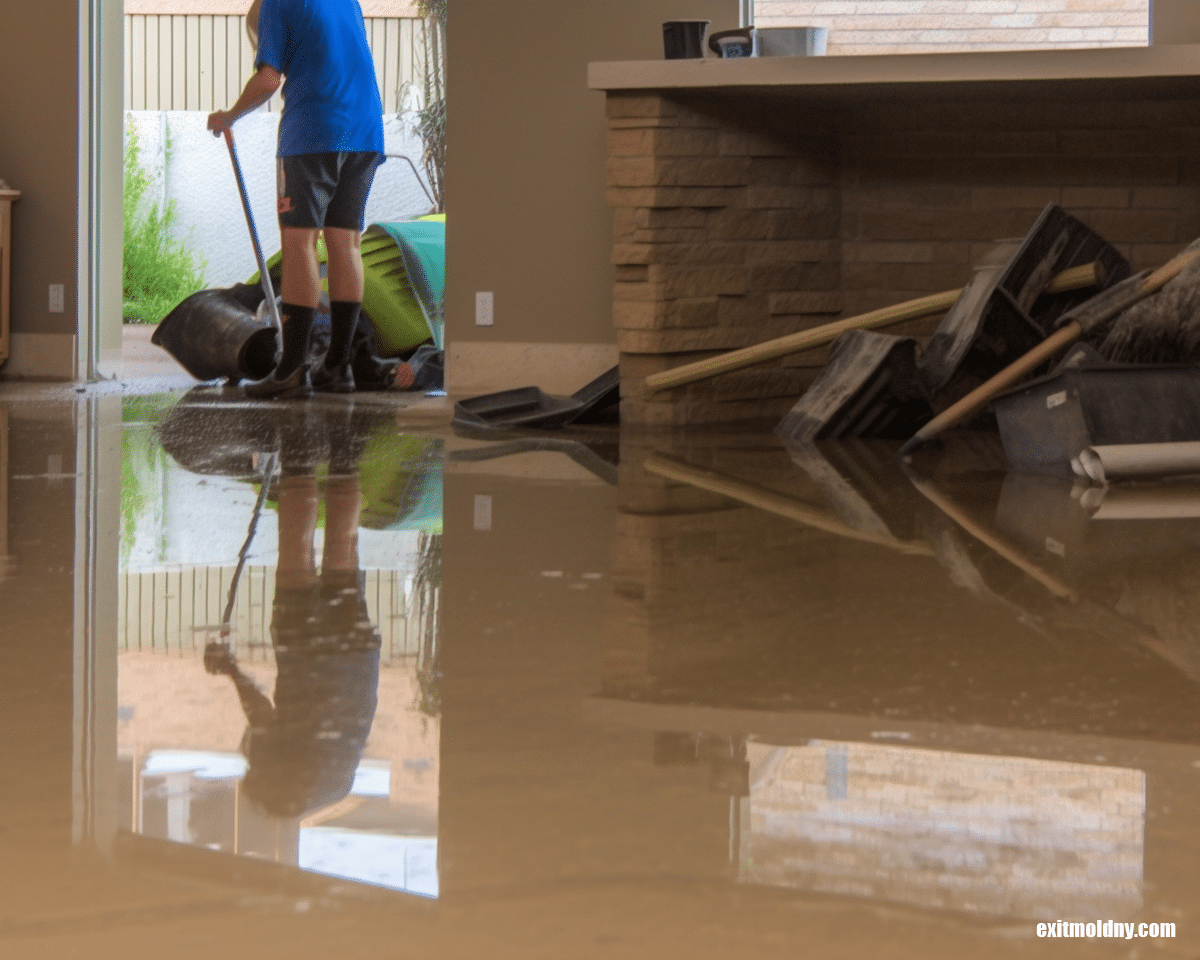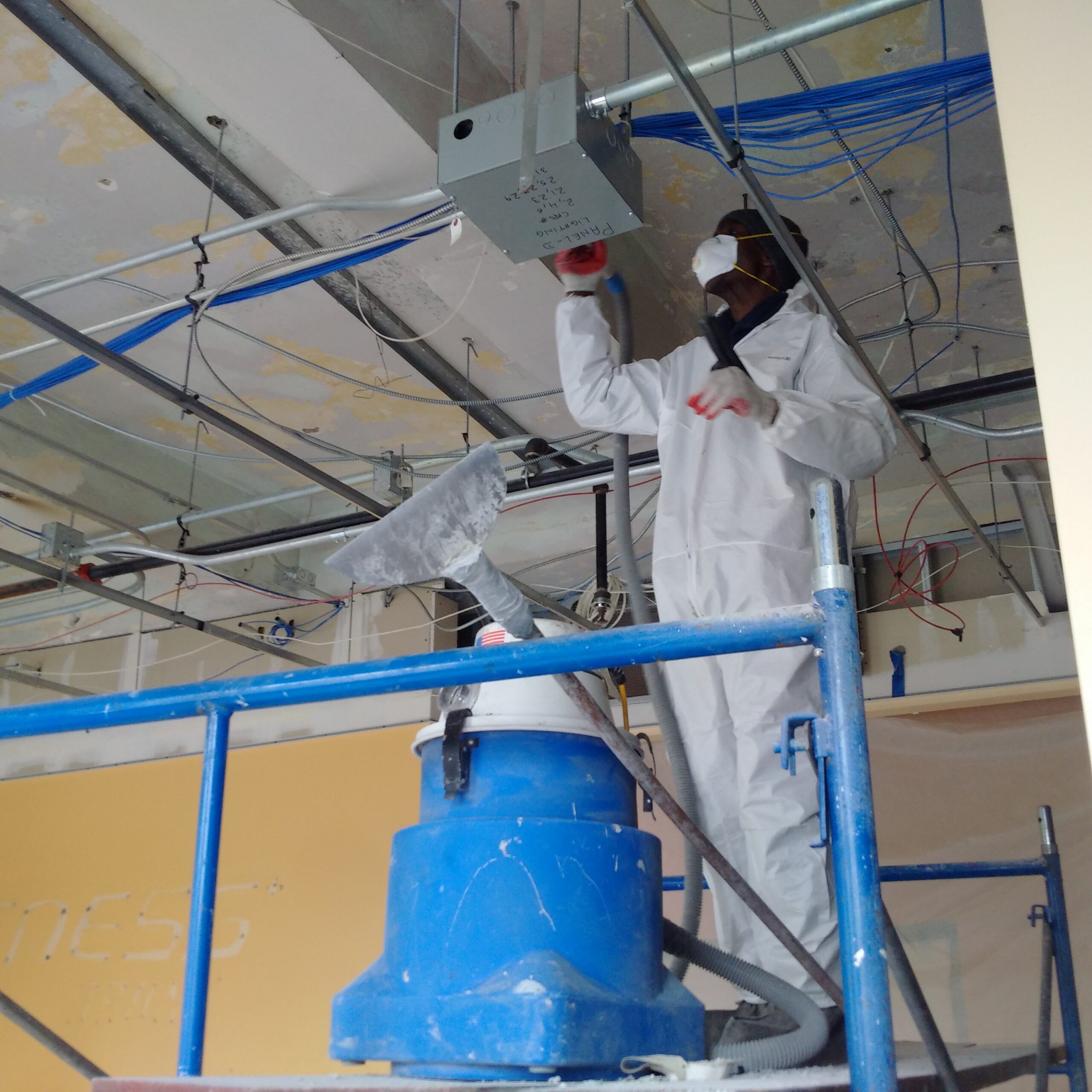Best Practices for Guaranteeing Safe and Detailed Lead Offense Reduction
Dealing with lead offense abatement needs a multi-faceted strategy to make certain both safety and conformity. It's the final clearance process, involving detailed evaluations and laboratory screening, that truly confirms a lead-free environment, guaranteeing long-lasting safety and security. Just how do these methods adjoin to assure detailed lead reduction?

Initial Analysis
Conducting a preliminary assessment is a crucial very first step in lead offense abatement. This phase includes a detailed evaluation of the home to determine the presence, level, and details areas of lead-based hazards. Qualified experts, such as certified lead inspectors or take the chance of assessors, must execute a thorough site inspection, utilizing devices like X-ray fluorescence (XRF) analyzers to precisely spot and measure lead focus in paint, dirt, soil, and water.
The evaluation must additionally include a testimonial of the structure's history, previous reports, and any type of grievances or wellness problems reported by owners - Lead Removal Contractors. Documenting the searchings for carefully is important, as these records create the basis for developing an efficient reduction strategy. A thorough evaluation also entails tasting and research laboratory evaluation, which are vital to verify the visibility of lead and overview subsequent activities
Additionally, it is imperative to interact the outcomes transparently to all stakeholders, consisting of homeowner, tenants, and regulative authorities. By making sure that the preliminary analysis is performed with accuracy and roughness, professionals can lay a strong structure for a targeted and effective lead reduction process, inevitably guarding public health and making certain conformity with regulatory requirements.
Appropriate Control
Correct containment is crucial to stop the spread of lead contaminants throughout abatement activities. Efficiently managing containment minimizes the danger of lead dirt and debris moving to non-work areas, consequently guarding both the atmosphere and people outside the immediate work zone.

Regular examinations of the control location are necessary to look for breaches or weak points in the barrier. Any type of identified problems should be without delay addressed to keep the integrity of the control. By sticking to these practices, reduction projects can successfully control lead contamination and alleviate associated health and wellness threats.
Worker Security
Ensuring worker protection is paramount during lead reduction projects to avoid job-related exposure to harmful lead fragments. Important procedures consist of using personal safety devices (PPE) such as respirators, handwear covers, and full-body suits particularly designed to block lead dust and fumes. Employees need to undergo extensive training on the right use and upkeep of PPE, consisting of in shape testing for respirators to make certain maximum effectiveness.
Design controls, such as neighborhood exhaust ventilation systems, are essential in lessening air-borne lead focus in the workplace. Administrative look what i found controls ought to likewise be carried out, consisting of restricting the period of direct exposure and revolving employees to reduce individual exposure times. Routine medical monitoring and biological tracking are vital for very early discovery of lead absorption, allowing timely intervention and treatment.
Additionally, establishing a decontamination protocol is essential. Employees have to adhere to rigorous purification treatments prior to breaks and at the end of their shift to avoid lead dust from being carried outside the workspace. This consists of extensive hand and face washing with lead-specific cleaning agents and transforming out of infected garments.
Careful Cleanup
Maintaining a secure job atmosphere extends past employee defense and incorporates careful cleanup to ensure lead fragments are completely removed from the website. The procedure of precise cleaning is important in protecting against the recontamination of the abated area and safeguarding both current and future residents.
To achieve a thorough clean-up, all workspace should be methodically decontaminated. This entails making use of specialized HEPA (High-Efficiency Particulate Air) hoover and wet-wiping strategies to catch and get rid of fine lead dirt that may have picked surfaces. It is essential to clean all straight surfaces, including floorings, window sills, and kitchen counters, as well as upright surface areas that may have entraped lead particles.
Workers have to wear proper individual protective devices (PPE) throughout cleanup to prevent direct exposure to residual lead dirt. Made use of cleaning materials such as wipes, sponges, and wipe heads should be thrown away based on contaminated materials disposal regulations.

Final Clearance
Last clearance is the vital ending stage of lead reduction that establishes whether the website is secure for reoccupation. This critical action includes detailed assessment and screening to confirm that all lead dangers have been efficiently gotten rid of.

Final clearance testing not just protects future occupants yet likewise guarantees compliance with neighborhood, state, and federal policies. It serves as a documented validation of the abatement professional's adherence to industry ideal methods. Guaranteeing a comprehensive and effective final clearance is essential in guarding public health visit this site and wellness and fostering count on the abatement process.
Verdict
Guaranteeing secure and complete lead violation reduction necessitates a diverse approach including initial evaluations with innovative detection approaches, effective containment methods, stringent worker security methods, and thorough cleaning procedures. The last clearance stage, featuring comprehensive assessments and lab testing, is essential to verify compliance with EPA standards. Adherence to these finest techniques ensures a safe atmosphere for passengers, mitigates health and wellness threats, and promotes regulatory demands, consequently promoting public wellness and security in lead-affected areas.